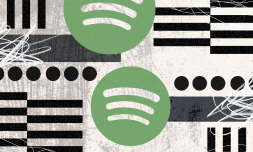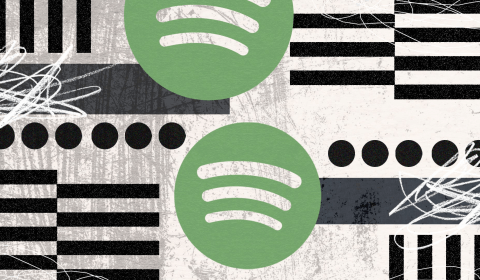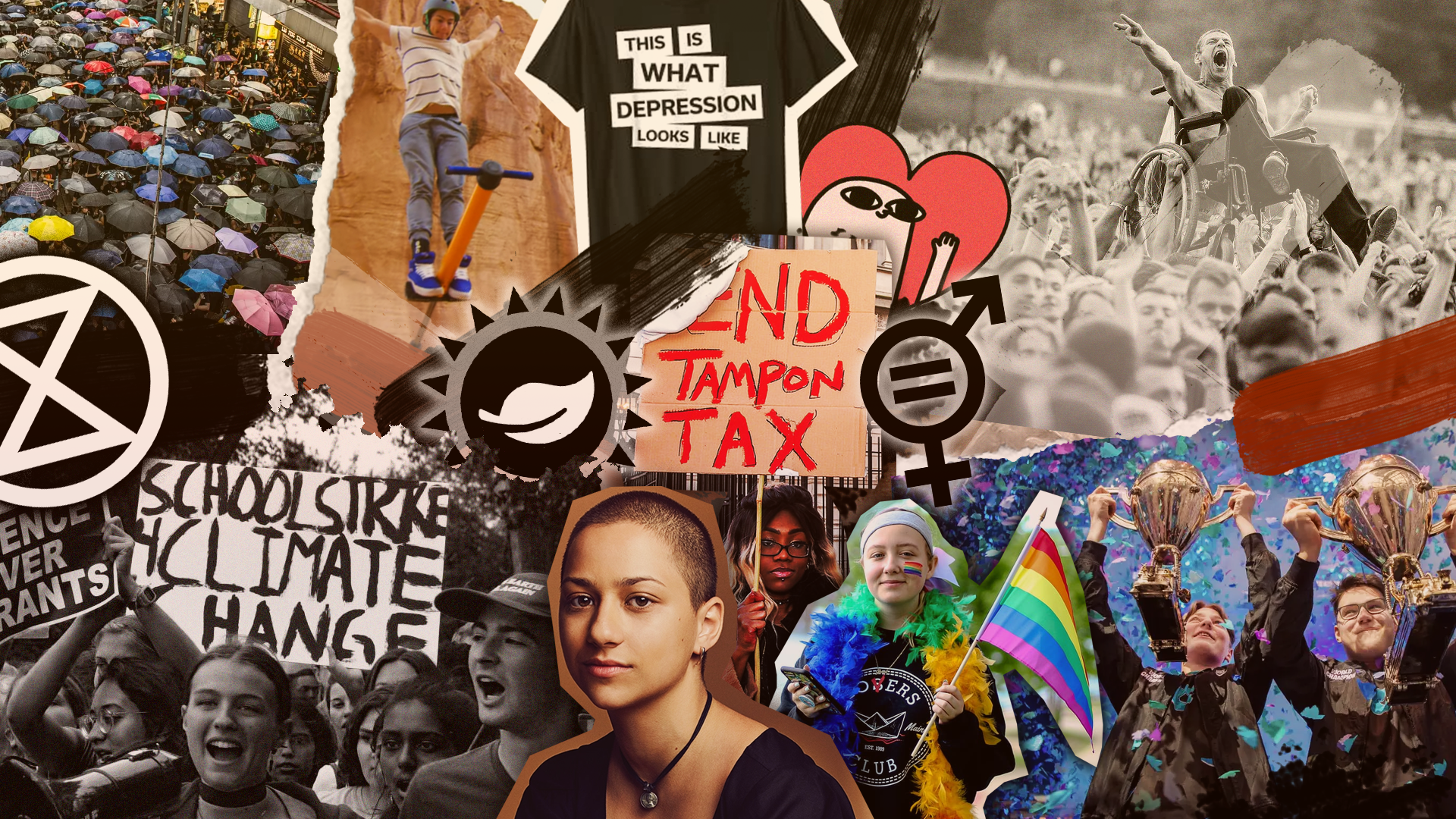If you’re an avid Charlie XCX fan, you might have noticed the ‘Brat’ cover is ‘rotting’ slowly from the bottom on Spotify. It’s not a technical glitch, but rather a marketing strategy that alters the way Gen Z understand the concept of an album.
![]()
Charlie XCX’s marketing team has changed the iconic green cover art of her ‘Brat’ album on all streaming services. Where once it was a simple colour spread behind large, block lettering, it has since been altered to include scratchings over the iconography and a brown discolouring rising from the bottom.
The change has caused a stir with fans online, with some theorising that it could be a play on the idea of a ‘spoiled brat,’ or an ushering in of a new era of music. You can no longer listen to ‘Brat’ on Spotify with the original, plain cover, nor can you stream her older albums with their intended release artwork. All of her other records have been changed to display a similar art style of a singular colour and simple text.
@ka1nozaki I’m a little surprised #brat #charlixcx #troyesivan #apple #fyp
Why are we talking about this, you may wonder? ‘Brat’s’ constantly changing aesthetics is part of a wider marketing phenomenon that is uniquely tailored to Gen Z and young millennial listeners. Thanks to streaming platforms and the internet age, album rollouts are no longer fixed, tangible moments in time that are permanently preserved. Artists can remould their work, tweak songs and remove features, alter lyrics or update each song’s visuals.
This changing relationship with music and artistry can extend the shelf life of an album, or keep listeners engaged well beyond an original release. This can also be done through remixes of a song or project. Lil Nas X famously dropped multiple versions of ‘Old Town Road’ with different artists over the course of 2019, helping it to become the longest number one single of all time in the US.
Similarly, Charli herself released an entire new version of ‘Brat’ that had each song reworked and remixed with tons of heavy-hitting artists, including Julia Casablancas, Billie Eilish, The 1975, Lorde and more. Her song ‘guess’ with Billie remains one of her most popular on Spotify.
As we know, Gen Z overwhelmingly use streaming as their primary way of listening to music. While vinyl is on the rise, platforms such as Spotify and Apple Music remain the priority when it comes to music consumption and artistry. Contemporary tastes are also famously obsessed with ‘eras’ or moments, whereby an artist’s entire branding and aesthetic surrounding the music represents a certain period in time. Fans will associate themselves with these different ‘eras,’ adopting the styles and philosophies of the artist in question. We mentioned this last week when discussing why Gen Z crowds are so poorly behaved.
Modern music marketing attempts to take advantage of both these aspects of consumption. Doja Cat turned all of her album covers red to promote her album ‘Scarlet’ in 2023, for example, while Kanye West notoriously re-edited ‘The Life of Pablo’ multiple times in 2016. Burna Boy re-uploaded his album covers without his own image included for several months to promote his last record ‘No Sign of Weakness.’ It’s becoming commonplace to tamper with the aesthetics of your previous work in order to highlight something new.
This trend is also indicative of our modern relationship with products. Streaming, subscriptions and memberships have become the norm, rather than actually owning anything we use. As such, our attachment to art and entertainment has become much more dependent on the businesses that provide us the means of access to it. Should Spotify choose to remove an entire body of work, they can. We don’t own the music itself.
Research shows that Gen Z are largely in favour of this business model. Subscription culture has exploded over the past ten years across many different sectors and young people are seemingly willing to pay for it. 70% of US citizens aged 18-44 use at lease one subscription service, according to data company Savanta. They also reportedly spend roughly triple compared to older generations on subscriptions and monthly services, says Visa.
Marketers looking to appeal to Gen Z consumers should keep these numbers in mind. Social media and online branding remain the number one ways to reach younger people, and are infinitely more flexible than tangible products and billboard advertising. The space that subscription services and social platforms provide is infinitely malleable and can be reshaped as time goes on. Advertisers should take advantage of this wherever they can.
So, ‘Brat’ is going mouldy. What could be next? What does it mean? The intrigue and mystery is part of the fun and, perhaps most essentially, keeps it in the contemporary conversation. Those wanting to resonate with Gen Z should take note and approach their products in similar ways.
See also:




















